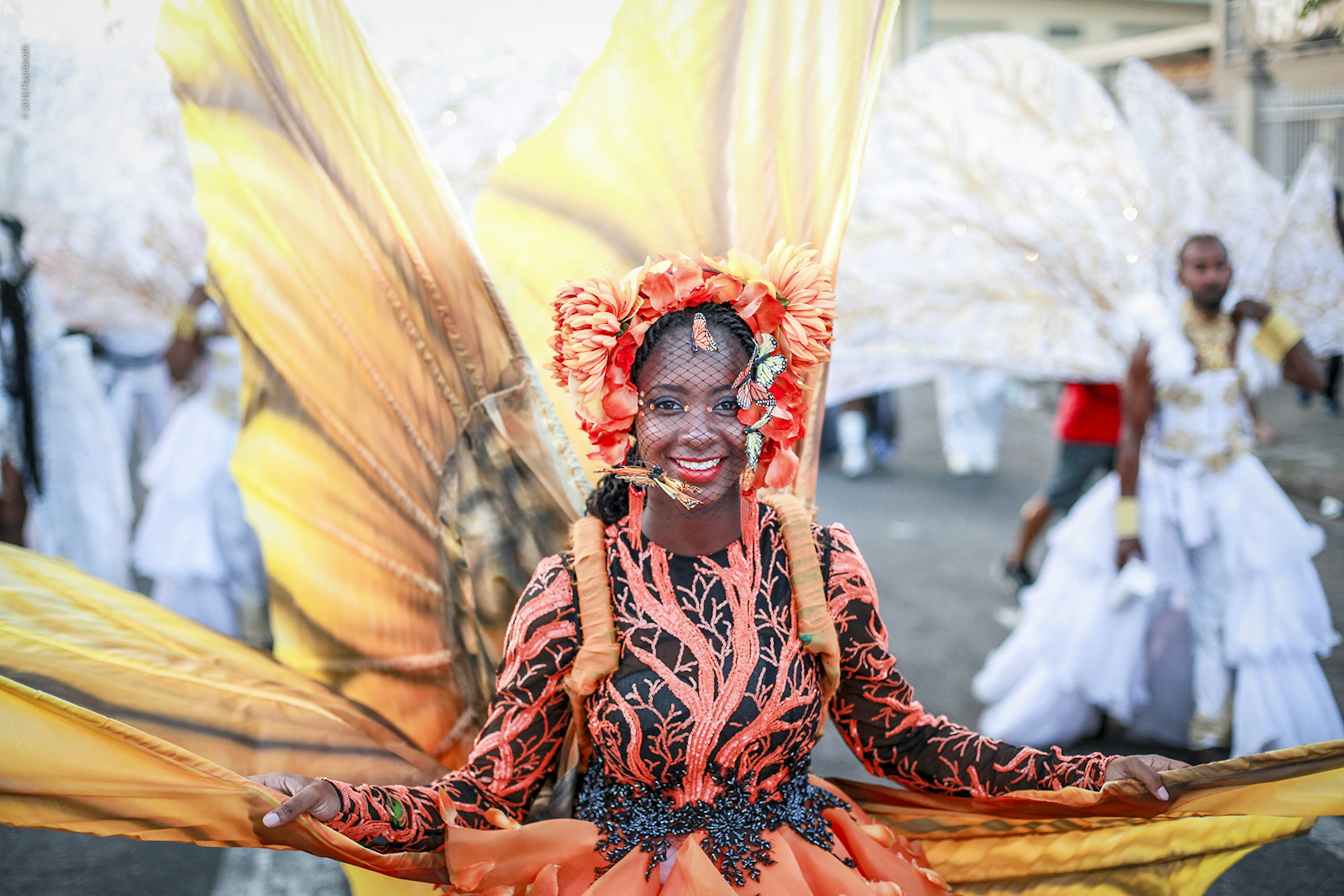With the abundance of parades all over the world, Carnival-seeking travelers may be overwhelmed with options. Luckily, there is a Carnival for everyone: whether you love music, history, food, parades or the beach, one of the world's most marvelous celebrations will suit your tastes.
In Latin America and the Caribbean, Carnival is almost a year-round festive season – many parties take place immediately before the Christian liturgical season of Lent, while others occur later in the year. Here's a diverse list of the region's carnivals, which have something for every type of traveler.
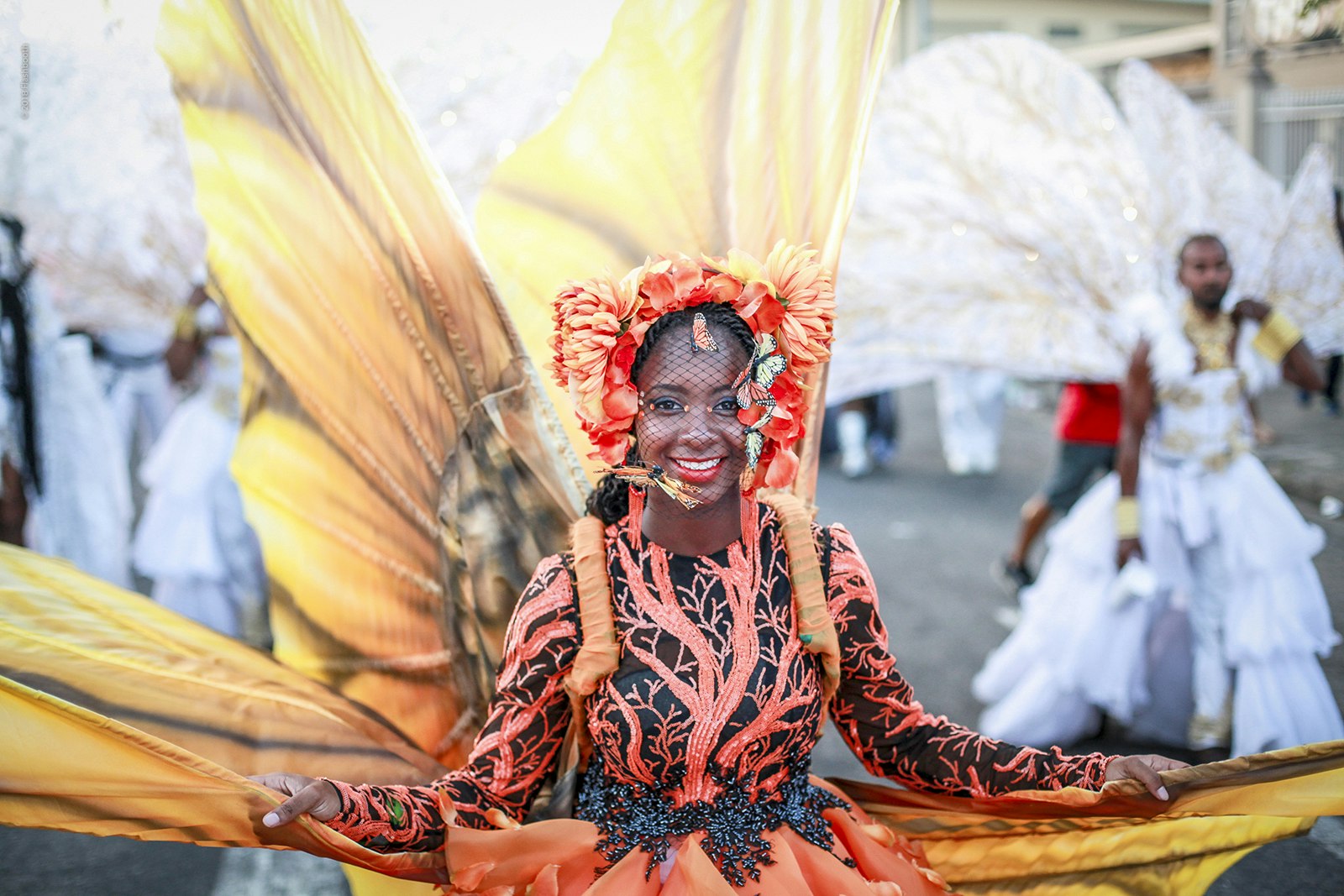
For the history buff: Trinidad
Dubbed the "Greatest Show on Earth," Trinidad Carnival is one of the most popular carnivals in the Americas, and while the costumes are always beautiful and the party is always big, a history buff will enjoy soaking up all of the cultural aspects of the festivities.
Every Carnival has a cast of well known characters that are traditionally used for storytelling, and Trinidad's has many, including the Dame Lorraine, the Midnight Robber, and the Blue Devil. Dame Lorraine is imitative mas (short for masquerade) that was originally played by French planters in the 18th and 19th centuries; they would dress up in the elegant costumes of the French aristocracy and parade in groups at private homes.
The Midnight Robber is one of the most beloved characters in traditional Carnival, and his "robber talk" speech is distinctive, extravagant, egocentric and boastful, an act derived from African storytelling traditions. The Blue Devil is a type of jab (patois for "devil") who hails from the Paramin region of Trinidad, and it takes to the streets to menace and scare festival participants (all in good fun, though!).
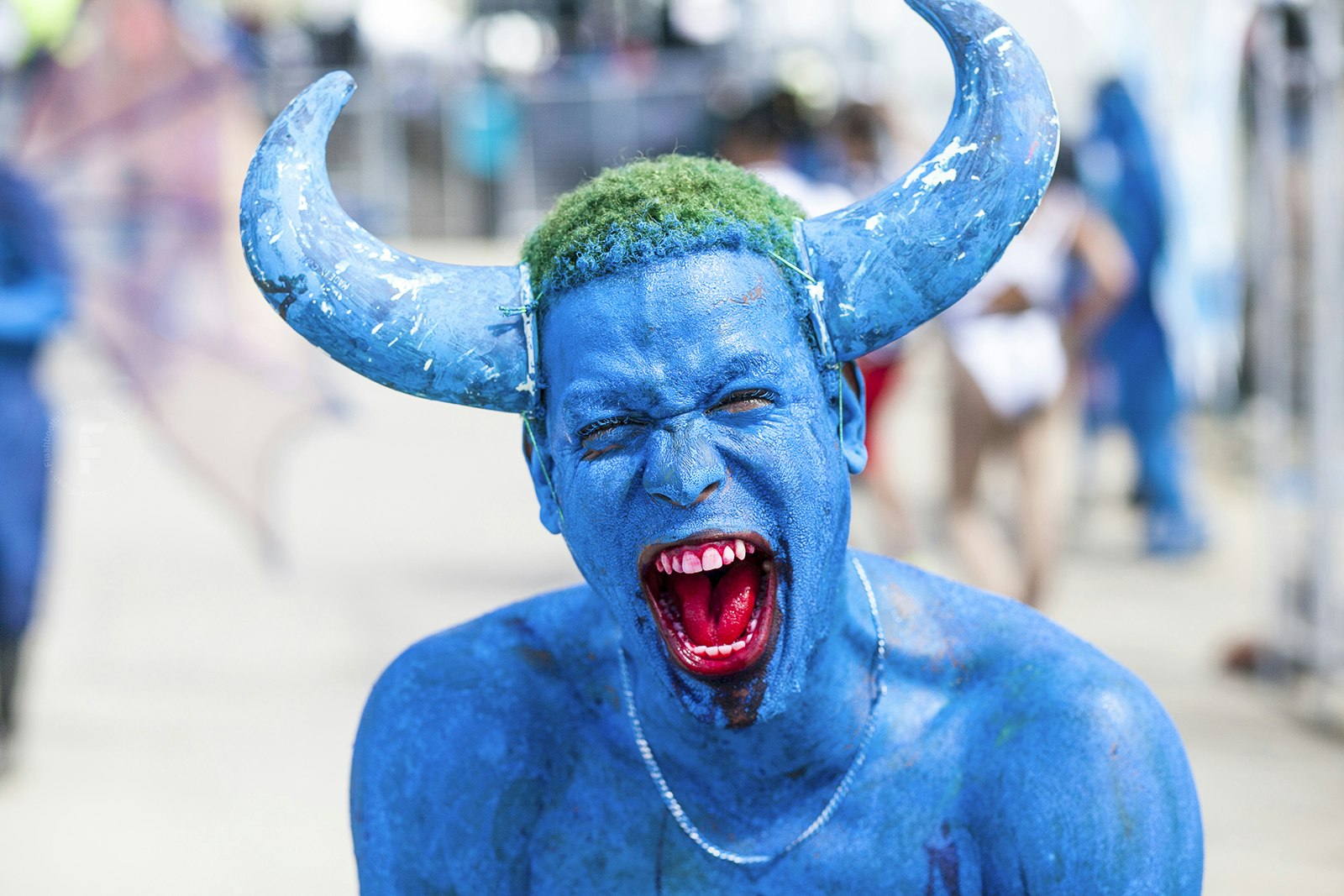
Attendees interested in history can also catch Canboulay reenactments that depict Trinidad's historical events. The island's slaves were freed in 1834 and were technically allowed to celebrate Carnival following emancipation, but the British government and the local police force continued to work to shut down the festival, which eventually resulted in the open riots of 1881. The pageant portrays the successful efforts of resistance by the local population to prevent the suppression of Canboulay celebrations in the streets, combining flambeaux (flaming torches), African drumming, tamboo bamboo (a percussion instrument that predated the steel pan), and stick-fighting (an African martial art).
From a musical history standpoint, Trinidad has a long legacy as the birthplace of soca and steel-pan music; soca, an offshoot of calypso, started in the 1970s and is played heavily during carnival season. Steel-pans are 55-gallon oil drums that have been hammered and tuned into the perfect drum instrument; they were first invented in the 1930s and are now icons of Trinidadian culture.
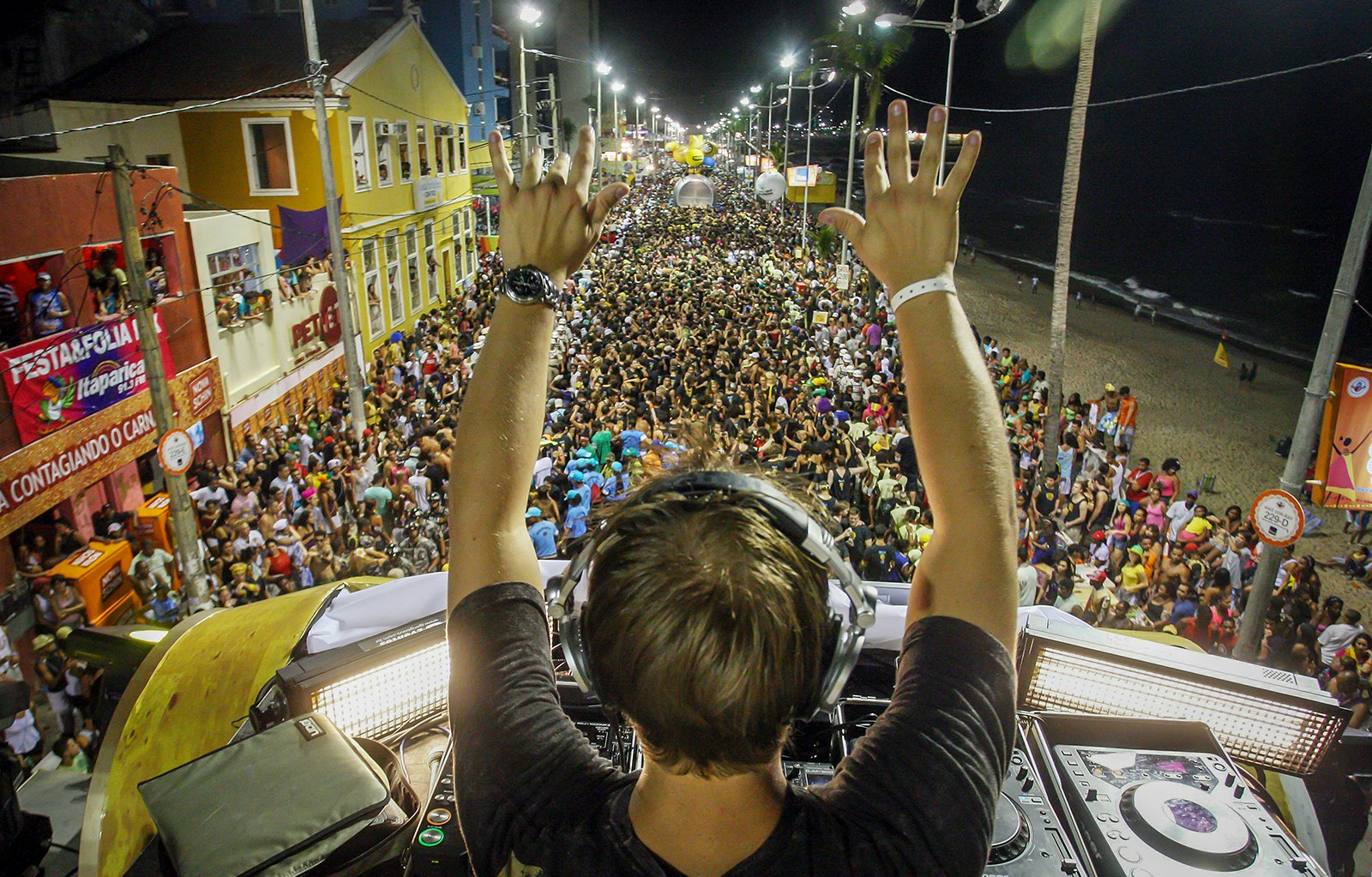
For the music enthusiast: Salvador, Brazil
Brazil is home to two major Carnivals: one in Salvador and the other in Rio de Janeiro. While both share similar traditions, they remain true to each city's culture. Salvador's Carnival is fueled by axé, a regional musical genre inspired by African and Brazilian pop.
The best way to take in the music is to participate in one of the street parties, the highlight of these being the trio elétrico, a large truck piled up with sound equipment and topped with a band playing music for the masses. While there is no official schedule, tickets for the street parties can be found online. Some of the biggest acts in show business perform at these street parties, including popular Brazilian musicians. Any lover of music will enjoy absorbing the African drums while axé booms through the speakers

For the party animal: Rio de Janeiro, Brazil
Rio's Carnival is known as the top festival amongst Carnivals in the world. Samba is the main musical genre played during the festivities, reigning supreme over the event's signature events at the spectacular Sambadromo, which hosts a parade of over-the-top floats as well as dance competitions. Rio is not only known for the Sambadromo competitions, but also for its massive number of large street parties; close to 600 parties, also known as blocos, take place throughout January and February. Cordão Da Bola Preta, Rio's largest and oldest street party (first started in 1918), happens in the city center and attracts approximately a million attendees each year

For the nature lover: Dominica
If you love Carnival, nature, and outdoor adventure, Dominica’s Carnival, better known as “Mas Dominik,” is for you. Dubbed the "nature isle" of the Caribbean, Dominica is home to 365 rivers, sulfur pools and a number of lush mountains, so there's plenty to explore either before or after carnival activities.
Dominica's Carnival incorporates both traditional and modern elements of mas. Large floats present the Carnival Queen to the population, and displays of traditional characters and what is now known as "bikini mas," – gemmed bras and panties – fill the streets. Keep an eye out for Hysteria Mas, one of the costume bands that has introduced premium elements of mas to Dominica by bringing together rich local culture, diverse creatives and energized musicians.
You'll also hear the vibrant sounds of the island's traditional carnival music, bouyon and Lapo kabwit. Stemming from the island's emancipation days, Lapo kabwit is a drumming sound made by a band of "street" instruments including conch shells, horns, goatskin drums, cowbells, and shack-shacks (a maraca-style instrument)
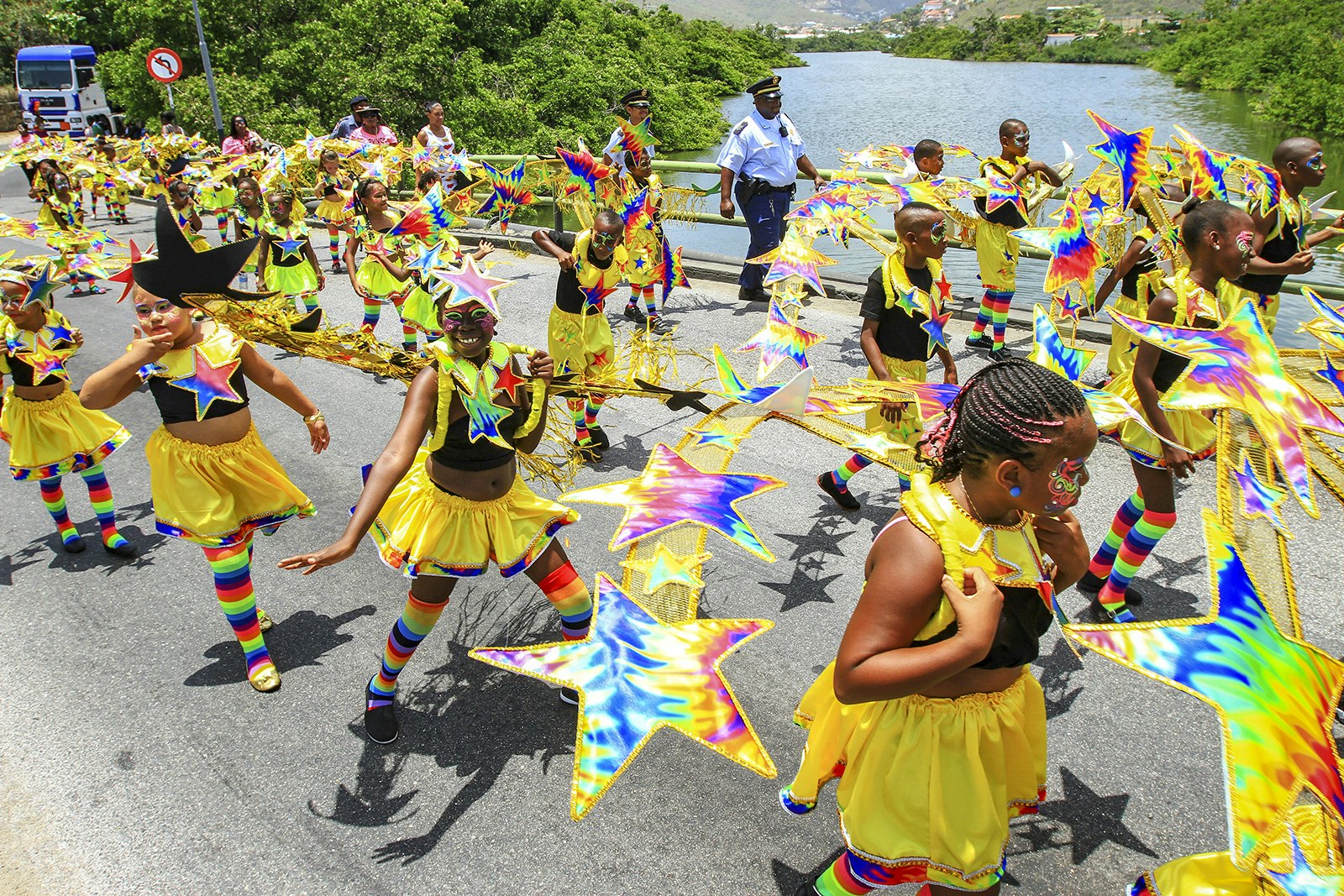
For fêting families: St.Maarten
St. Maarten is a beautiful island that is both Dutch and French-influenced, and a perfect spot for families to vacation and get a taste of Carnival. Not only is it easy for families to hop between the beautiful beaches and the festival in the city, but this one is very structured in its presentation, making it extremely easy to follow. There are also clear themes and designs that parents can explain to their children; costume bands will choose a theme like "World Wonders" and create each World Wonder with their costume by using colored feathers, beads, crowns, and floats. Thanks to its high level of organization, this Carnival, which takes place in May, is an accessible party that won't overwhelm kids or parents.
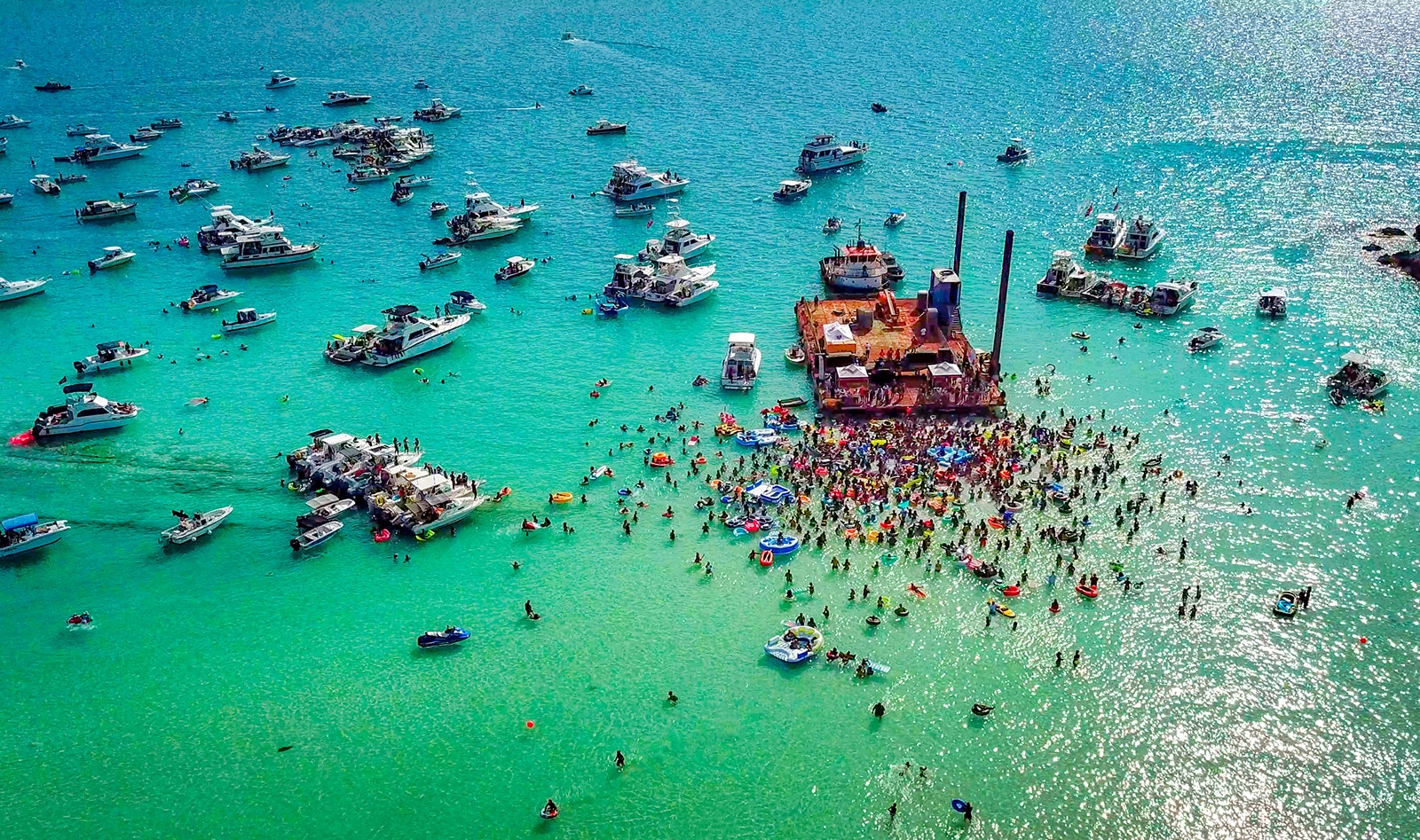
For the beach bum: Bermuda
Carnival doesn't have to be all parties and parades – you can enjoy gorgeous beaches as well. Nestled in the North Atlantic Ocean, Bermuda is known for relaxation and their pink beaches. The sand gets its pink hue as a result of the shells of a tiny organism called the red foraminifera, which has a red coloring that mixes with the white sand.
Bermuda Heroes Weekend festivities kick off on a Thursday in June with the parade concluding the long weekend. Bermuda’s Carnival is participant heavy, with several music trucks playing and masqueraders dancing in the street. The weekend’s festivities include several parties, a concert, and a large beach event called Raft Up. At Raft Up, several catamarans and boats, anchor in the ocean while party attendees dance, drink and enjoy the clear blue waters
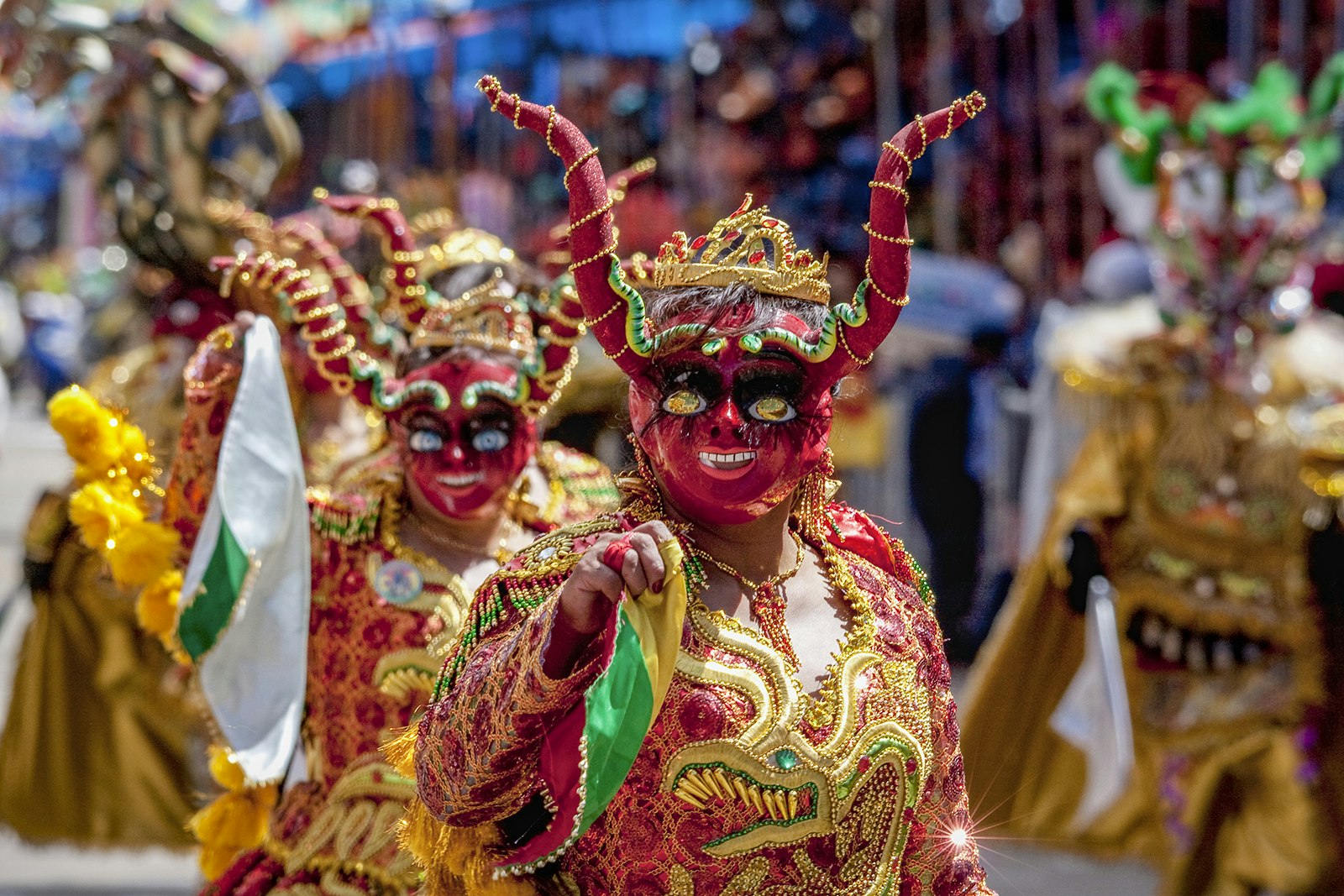
For the parade lover: Bolivia
If you really enjoy elaborate parades, then Oruro Carnival in Bolivia is for you. Recognized as one of the world's best festivals, this carnival is one of the country's largest events and has been recognized by Unesco as a "Masterpiece of the Oral and Intangible Heritage of Humanity." The carnival festival lasts for 10 days, and the parade, which corresponds with Lent, can last up to 20 hours. Oruro Carnival blends indigenous and Catholic traditions, and a number of characters reflect this syncretism. Among them you'll see El Tío, a malevolent character that transforms into the devil, as well as the Earth Mother (Pachamama) and Archangel San Miguel. The highlight of the parade is the Dance of the Devils, or the "Diablada," during which and intricate dance depicts an epic battle between angels and demons
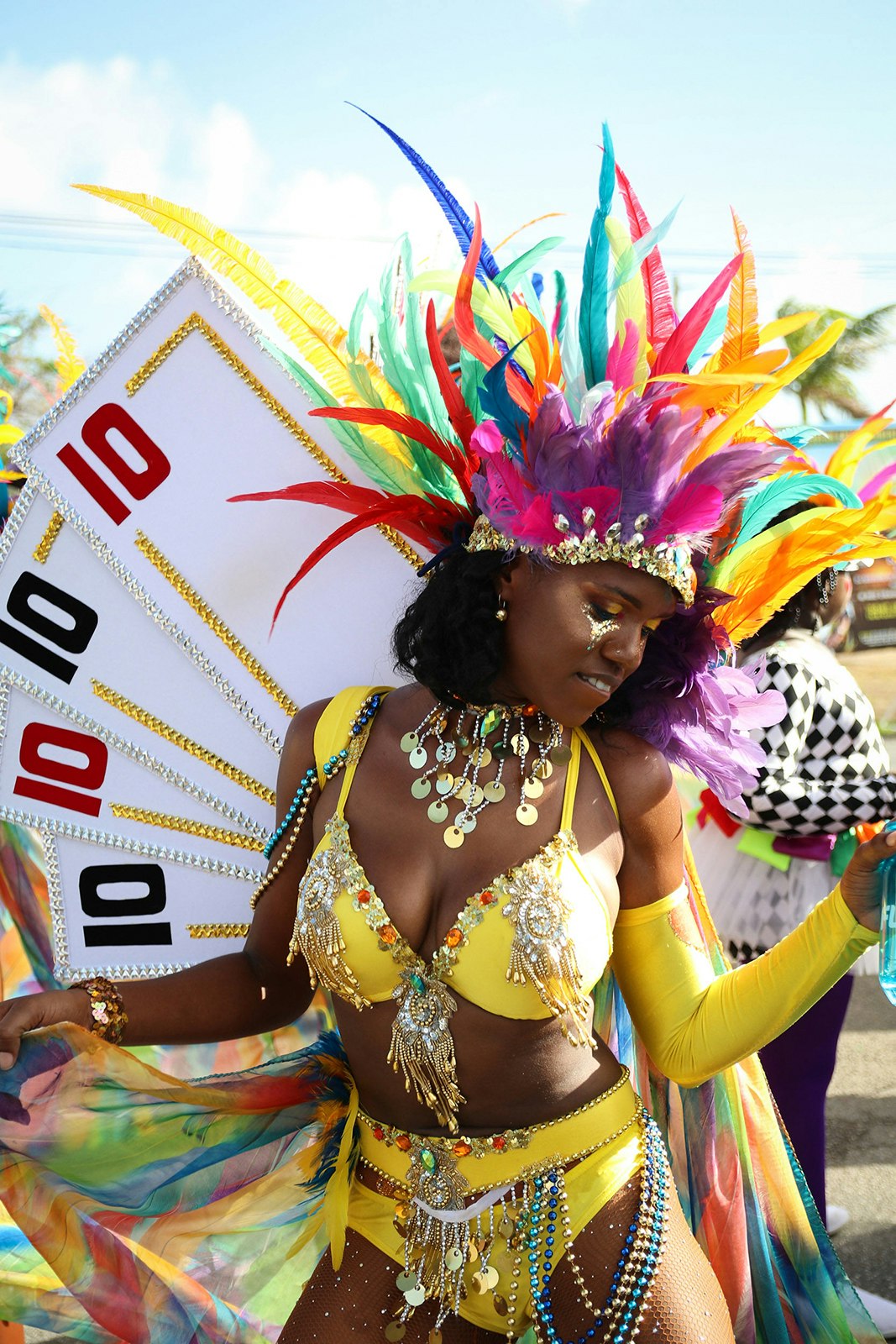
For the foodie: Anguilla
Considered the culinary powerhouse of the Caribbean, Anguilla boasts more than 100 restaurants on its 35-mile stretch, making it the perfect Carnival location for a foodie. Anguilla began its road to culinary fame in the 1980s when the island nation began developing their tourism, and now there is something for all palettes, from the beachside seafood shacks to the fine dining restaurants with Michelin star-awarded chefs. Anguilla's Carnival takes places in August each year, and attendees can enjoy street festivals, boat racing, the grand parade, and of course, great food.
You might also like:
First-timers guide to New Orleans Mardi Gras
Venice Carnival: make the most of the city's biggest party
Six places to celebrate Mardi Gras if you can't make it to New Orleans
Originally published in Feb. 2019. Updated Feb. 2020.
